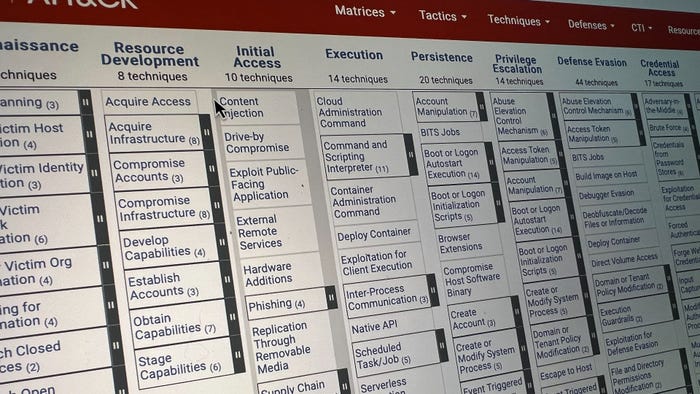Has Complexity Become Security's Chief Nemesis?Has Complexity Become Security's Chief Nemesis?
Study says proliferation of vendors, lack of user awareness are top challenges for security pros

The sheer complexity of managing the enterprise security environment has become one of the chief obstacles to building a secure environment, according to a study published last week.
An overabundance of vendors and regulatory requirements -- as well as the continuing problem of end user ignorance -- are combining to prevent many large enterprises from building an effective security defense, according to Understanding Security Complexity in 21st Century IT Environments, a new study published by the Ponemon Institute and Check Point Software Technologies Ltd.
According to the survey of over 2,400 IT security administrators around the world, managing complex security environments is the most significant challenge facing organizations today, with over 55 percent of companies using more than seven different vendors to secure their networks.
"A lot of companies would like to consolidate vendors, but it's easier to get budget if you present a problem and then purchase a single product to solve it," notes Larry Ponemon, founder and CEO of the research firm. "Ironically, consolidation is harder to cost-justify than point solutions, because there is a cost associated with consolidation projects. But having so many vendors can be an administrative nightmare on the back end."
According to the survey, over 700 respondents believe the primary concern with emerging technology adoption is compliance. Yet achieving regulatory compliance on a global scale is an incredibly complex problem, Ponemon observes.
"A lot of companies approach it by saying that they'll comply with the regulations that are the most stringent and challenging -- such as Germany's -- and they think that will make it easier to comply with 80 percent of the requirements of other countries, which seems good enough," Ponemon says. "But in fact, a lot of companies are getting bogged down by issues in complying with the other 20 percent of regulations."
Companies also continue to struggle with uneducated users who make blunders that put the company at risk, according to the study. In fact, 48.8 percent of respondents believe their organizations’ employees have little or no awareness about their data protection or corporate policies.
In addition, survey respondents believe the ability to manage policies by user is a key functionality to enforce better security overall, with 58 percent citing identity awareness as a priority.
"Companies are constantly facing new and costly security risks from both internal and external sources that can jeopardize the business. Our research has shown that one cyber-attack can range anywhere from $237,000 to $52 million," says Ponemon. "However, employees can play a big role in being a first line of defense, helping their company enforce stronger security measures and promoting more user awareness within the organization."
Have a comment on this story? Please click "Comment" below. If you'd like to contact Dark Reading's editors directly, send us a message.
About the Author
You May Also Like
Uncovering Threats to Your Mainframe & How to Keep Host Access Secure
Feb 13, 2025Securing the Remote Workforce
Feb 20, 2025Emerging Technologies and Their Impact on CISO Strategies
Feb 25, 2025How CISOs Navigate the Regulatory and Compliance Maze
Feb 26, 2025Where Does Outsourcing Make Sense for Your Organization?
Feb 27, 2025




